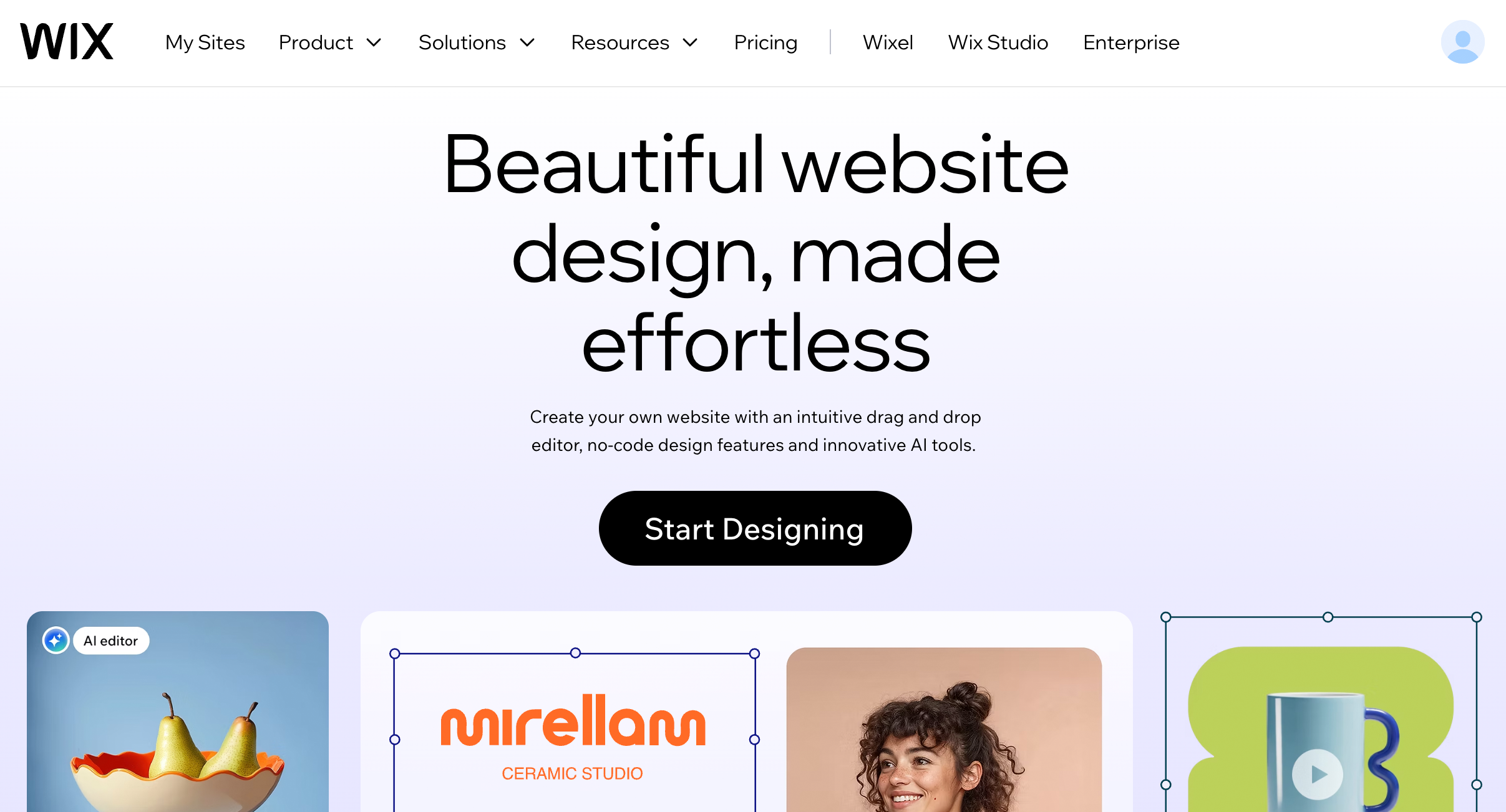The Rapid Growth of Framer in Front-End Web Development
In the ever-evolving landscape of front-end web development, the tools and technologies that developers use are constantly shifting. Among the most significant changes in recent years is the rapid growth of Framer, a tool that is redefining how developers approach design and user interface (UI) creation. For experienced software developers, understanding the capabilities and potential of Framer is essential for staying ahead in the competitive field of web development.
The Rise of Framer
Framer has emerged as a powerful tool that bridges the gap between design and code. Originally conceived as a prototyping tool, Framer has evolved into a comprehensive environment that allows developers to design, animate, and code all in one place. Its growth can be attributed to several factors:
- Seamless integration of design and development processes.
- Intuitive interface that lowers the learning curve for new users.
- Powerful animations and interactive components.
- Robust community support and extensive documentation.
- Flexibility to adapt to varying project requirements.
- Generative AI capabilities that enhance design efficiency.
- Focus on delivering superior user experience.
- Continuous updates and feature enhancements.
- Compatibility with existing development tools and workflows.
- Strong emphasis on optimising SEO strategy.
Impact on Front-End Development
The impact of Framer on front-end development is multifaceted. By integrating design and development, Framer enables a more cohesive workflow, reducing the time between concept and implementation. This integration is particularly beneficial for experienced developers who seek to streamline their processes without compromising on quality.
Moreover, Framer’s incorporation of generative AI has been a game-changer. By automating routine tasks and suggesting innovative design solutions, generative AI empowers developers to focus on more complex challenges. This not only accelerates project timelines but also fosters creativity and innovation.
Statistics: Framer’s Adoption and Growth
| Year | Number of Users | Projects Created |
|---|---|---|
| 2020 | 100,000 | 200,000 |
| 2021 | 250,000 | 500,000 |
| 2022 | 500,000 | 1,000,000 |
| 2023 | 750,000 | 1,500,000 |
Enhancing User Experience and SEO Strategy
The importance of user experience (UX) and search engine optimisation (SEO) cannot be overstated in today’s digital age. Framer’s capabilities in designing intricate and responsive UIs contribute significantly to enhancing UX. The tool’s ability to simulate and test user interactions ensures that the final product is both aesthetically pleasing and highly functional.
In terms of SEO strategy, Framer provides developers with tools to ensure that their projects are optimised for search engines. This includes features that facilitate the creation of mobile-responsive designs, fast-loading pages, and accessible content—all vital components of a successful SEO strategy.
Frequently Asked Questions
What is Framer?
Framer is a tool for designing, prototyping, and coding interactive UIs. It combines design and development in a single platform to streamline workflows.
How does Framer integrate with existing development tools?
Framer integrates seamlessly with tools like React, enabling developers to import and export components easily.
Can Framer be used for production-ready code?
Yes, Framer allows developers to write production-ready code alongside design prototypes.
What are the benefits of using Framer’s generative AI?
Generative AI in Framer helps automate design tasks, suggest creative solutions, and enhance productivity.
Is Framer suitable for large-scale projects?
Yes, Framer is scalable and can be used for projects of varying sizes, from small prototypes to large-scale applications.
Does Framer support collaborative workflows?
Yes, Framer supports collaboration with features that allow multiple team members to work on projects simultaneously.
How does Framer contribute to SEO optimisation?
Framer aids in SEO optimisation by ensuring that designs are mobile-responsive, fast-loading, and accessible.
What makes Framer different from other design tools?
Framer’s unique integration of design and code, along with its AI capabilities, sets it apart from other tools.
Can Framer be used by non-developers?
While Framer is developer-friendly, its intuitive interface makes it accessible to non-developers as well.
What kind of support does Framer offer?
Framer offers extensive documentation, community forums, and customer support to assist users.
What are Framer Outage Rates Like?
Framer’s outage rate has been relatively low but not negligible. Here’s a summary based on recent history:
Recent Outages & Performance
• Unacknowledged incidents, short-lived:
• July 9, 2025 – “Projects not loading or opening” (6 min) 
• April 1, 2025 – “Dashboard access and login issues” (9 min) 
• Acknowledged outages:
• March 3, 2025 – login issues (1 h 29 min; 1 h 4 min after detection) 
• February 11, 2025 – zone loading issues (27 min; acknowledged promptly) 
Does Framer Provide API Access?
Framer offers a few ways to work with APIs on your website:1. You can use the built-in Fetch feature to add dynamic data from APIs without coding. Just click the + on any Text Layer’s Content property and select “Add Fetch” to get started.2. For more advanced API integration, you can use the AnySync plugin from the Marketplace to connect RESTful APIs directly to your Framer CMS.You can learn more about using Fetch here: https://www.framer.com/help/articles/how-to-use-fetch/Let me know if you have any questions about either of these options!



